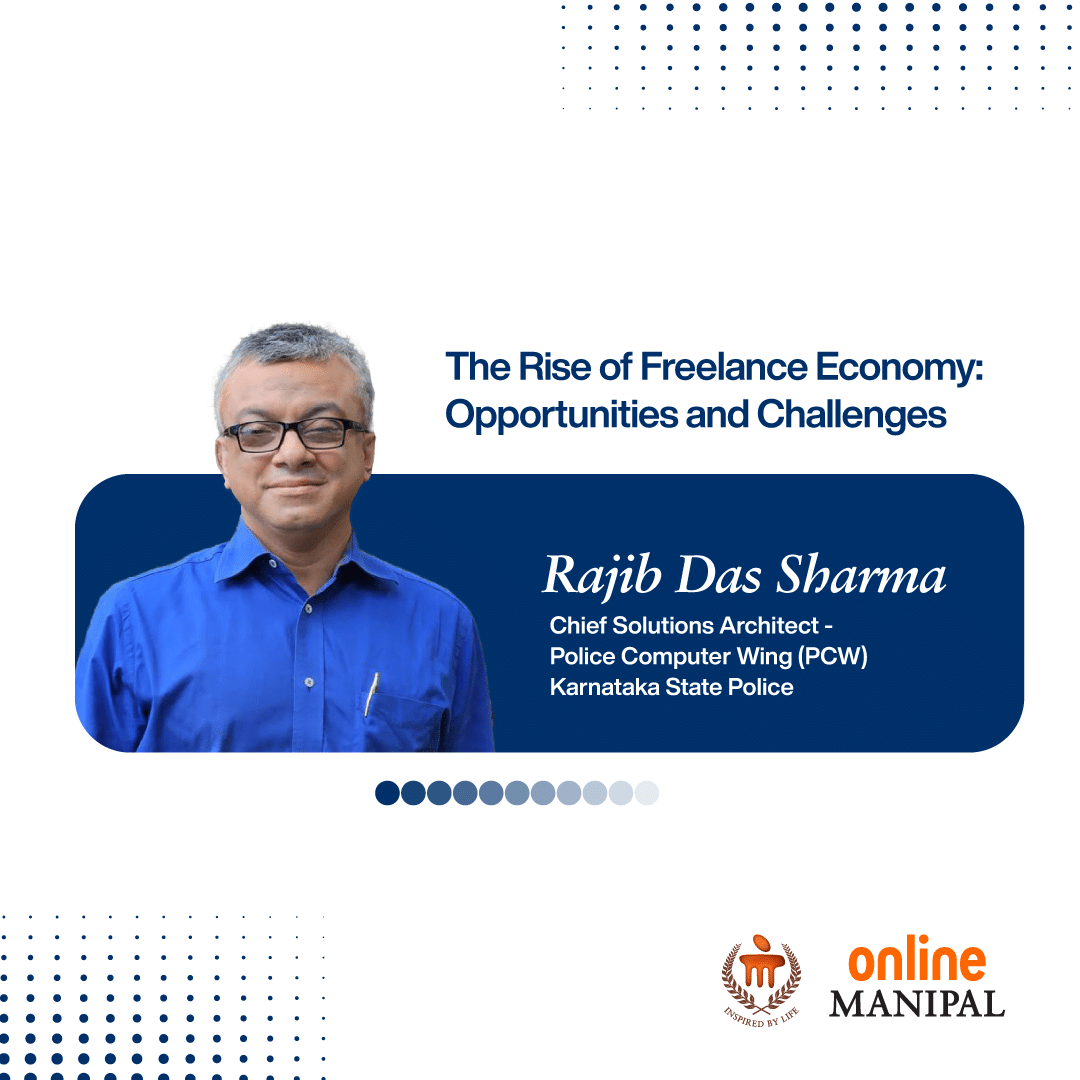Listen to this blog
The Indian Premier League (IPL) has revolutionized cricket, transforming it from a beloved gentleman sport into a multi-billion-dollar entertainment extravaganza. Every year, the world watches in awe as cricket’s biggest stars battle it out for glory. But what drives this financial juggernaut?
This blog delves into the intricate business model of the IPL 2024, exploring the various revenue streams that fuel this cricketing spectacle, while also dissecting the expenses incurred by key stakeholders at different stages.
IPL expenses and revenues
Here’s a breakdown of the expense and revenue streams at different stages:
| Stage | Expenses | Revenues |
| Pre-season | Franchise: Player auctions, team building, merchandise production. BCCI: Marketing & advertising campaigns, broadcast rights negotiations, central sponsorship deals. | Franchises: Limited sponsorship deals, merchandise sales (pre-season orders). BCCI: Broadcast rights fees, central sponsorship deals. |
| During the season | Franchise: Operational costs, stadium management, match-day expenses (security, catering, etc.). BCCI: Production costs for broadcast, managing the tournament infrastructure. | BCCI: Broadcast rights fees shared with franchises. Franchises: Ticket sales, gate-sharing agreements (if applicable), premium seating revenue, additional merchandise sales, in-stadium food & beverage concessions (if applicable). |
| Post-season | Revenue Sharing: BCCI distributes prize money and the remaining shared revenue to franchises. |
Here are the financial aspects of ICC World Cup Cricket 2023
A franchise frenzy: Ownership & expenses
Unlike traditional sports leagues, the IPL operates on a franchise model. Wealthy consortiums purchase the rights to own and operate teams in specific cities. These franchises, like the Mumbai Indians or Chennai Super Kings, are independent entities with significant financial responsibilities.
Currently, there are 10 teams that represent different top-tier cities or states. There was inclusion and exclusion of a few franchises in its 17-year journey. Here are the current teams and its owners
| Teams | Home ground | Owners | Sponsors |
| Chennai Super Kings | M. A. Chidambaram Stadium, Chennai | Chennai Super Kings Cricket Ltd | Kit: SEVEN Shirt (Front): TVS Eurogrip Shirt (Back): Etihad Airways Chest branding: Gulf Oil |
| Royal Challengers Bengaluru | M. Chinnaswamy Stadium, Bengaluru | United Spirits | Kit: Puma Shirt (Front): Qatar Airways Shirt (Back): KEI Chest branding: Delhivery |
| Sunrisers Hyderabad | Rajiv Gandhi International Cricket Stadium, Hyderabad | Kalanithi Maran, Sun TV Network | Kit: Wrogn Shirt (Front): Dream 11 Shirt (Back): BKT Chest branding: Kühl |
| Mumbai Indians | Wankhede Stadium, CCI-Brabourne Stadium | Reliance Industries Limited | Kit: Skechers Shirt (Front): Slice Shirt (Back): DHL, PRAN-RFL Group Chorki Chest branding: IDFC First Bank |
| Gujarat Titans | Narendra Modi Stadium, Motera, Ahmedabad | CVC Capital Partners | Kit: EM Shirt (Front): Dream11 Shirt (Back): BKT Chest branding: Capri Loans |
| Kolkata Knight Riders | Eden Gardens, Kolkata | Shah Rukh Khan, Jay Mehta, Juhi Chawla, Red Chillies Entertainment | Shirt (Front): Dream11 Shirt (Back): BKT Chest branding: Lux Cozi, PRAN-RFL Group Chorki |
| Rajasthan Royals | Sawai Mansingh Stadium, Jaipur | Manoj Badale, Lachlan Murdoch | Kit: Alcis Shirt (Front): Luminous Shirt (Back): BKT Chest branding: Neom |
| Lucknow Super Giants | Ekana Sports City, Lucknow | RPSG Group | Shirt (Front): My11Circle Shirt (Back): BKT Chest branding: Greenply |
| Delhi Capitals | Arun Jaitley Stadium, New Delhi | GMR Group, JSW Group | Kit: Puma Shirt (Front): Hero FinCorp Shirt (Back): DP World Chest branding: Greenpanel |
| Kings XI Punjab | I.S. Bindra Punjab Cricket Association Stadium, Mohali, Punjab | Preity Zinta, Ness Wadia, Karan Paul, Mohit Burman | Shirt (Front): Dream11 Shirt (Back): BKT Chest branding: Kent RO |
Franchise revenue streams
- Central pool share: A significant portion of the total revenue generated by the IPL (broadcasting rights, sponsorships, etc.) is shared equally among all franchises. This ensures financial stability even for teams with lower on-field performance.
- Match day earnings: Ticket sales (including premium seating and VIP experiences) remain a vital revenue stream. Additionally, franchises may have gate-sharing agreements with stadiums, generating income from food and beverage concessions.
- Sponsorship deals: Teams secure independent sponsorship deals, allowing them to leverage their brand image to attract companies seeking regional or national exposure.
- Merchandise sales: Team jerseys, caps, and other memorabilia are a major source of income. Franchises can further capitalize on fan loyalty by expanding merchandise offerings to include lifestyle products.
Franchise expenses
- Player acquisition: Franchises participate in auctions to acquire players for their squad. Retaining star players and acquiring promising talent can be a significant expense.
- Player salaries & staff costs: Franchises pay hefty salaries to players, coaches, support staff, and administrative personnel.
- Operational costs: Travel, logistics, accommodation, training facilities, equipment, and marketing activities all contribute to operational expenses.
Broadcast bonanza: The lifeline of the IPL
The IPL’s crown jewel is undoubtedly its broadcasting rights. The Board of Control for Cricket in India (BCCI) auctions these rights to television and digital platforms, generating a colossal sum. This revenue is then shared between the BCCI and the franchises.
BCCI revenue
- Broadcast rights: The BCCI receives a significant portion of the revenue generated from selling broadcasting rights.
BCCI expenses
- Tournament organization: The BCCI shoulders the responsibility of organizing the entire tournament, including logistics, scheduling, staffing, and infrastructure development.
- Player compensation: The BCCI allocates prize money for the winner, runner-up, and other playoff participants.
- Development initiatives: The BCCI invests in grassroots cricket development programs to nurture future talent.
What’s common in cricket and online learning? Read this blog that compares cricket world cup and online learning.
Sponsorship symphony: A chorus of big brands
Sponsorships are another significant revenue stream for the IPL. Companies across various sectors vie for brand visibility during matches. Sponsorships can be categorized into two main segments:
- IPL-level sponsors: These sponsorships involve brand association with the entire league, ensuring maximum visibility throughout the tournament. The BCCI manages these high-value deals.
- Franchise-level sponsors: As mentioned earlier, franchises secure independent sponsorship deals specific to their team, further amplifying their revenue streams.
IPL 2024 sponsors
This table has the list of sponsors with their level of partnerships.
| Partnership | Sponsors Name | Price (Rs) |
| Title Sponsor | Tata | 2,500 crore |
| Associate Partners | My11Circle, Angle One, Rupay, Ceat | 1,485 Crores |
| Official Broadcasters | Disney Star Network | 23,575 crores |
| Digitial Streaming Partner | Jio Cinema | 23,758 crores |
Sponsor revenue
- Brand visibility: Sponsors gain significant brand exposure through on-ground activations, logo placements on team jerseys and branding during matches.
- Target audience reach: The IPL’s massive viewership allows sponsors to directly reach their target audience.
DLF, India’s largest real estate developer, held the title sponsorship for the IPL, securing the rights for five seasons with a bid of INR 200 crore (USD 25 million) from 2008 to 2012. Following the 2012 season, PepsiCo acquired the title sponsorship rights for the subsequent five seasons with a bid of INR 397 crore (USD 50 million). However, PepsiCo terminated the deal in October 2015, two years ahead of schedule, citing the suspension of the Chennai and Rajasthan franchises. The BCCI then transferred the title sponsorship rights for the remaining two seasons to Chinese smartphone manufacturer Vivo for INR 200 crore (USD 25 million).
In June 2017, Vivo won the rights for the next five seasons from 2018 to 2022 with a bid of INR 2,199 crore (USD 280 million). However, on 4 August 2020, Vivo withdrew from the sponsorship due to the military tensions between India and China at the Line of Actual Control, as well as market losses incurred during the COVID-19 pandemic. Dream11 stepped in as the title sponsor for the 2020 IPL for INR 222 crore.
Vivo returned as the title sponsor for the 2021 IPL season but withdrew again, leading to the Tata Group taking over for the next two seasons. InsideSport reported that the BCCI would receive IN 498 crore (USD 62 million) for the 2022 and 2023 seasons from the title sponsors. Due to the new deal’s structure, Tata would pay INR 335 crore (USD 42 million) per year, while Vivo would cover the deficit of INR 163 crore (USD 20 million) per season.
IPL title sponsors from 2007 to 2024
| Sponsor | Period | Annual sponsorship fee |
| DLF | 2008–2012 | ₹40 crore |
| Pepsi | 2013–2015 | ₹79.2 crore |
| Vivo | 2016–2017 | ₹100 crore |
| 2018–2019 | ₹440 crore | |
| Dream11 | 2020 | ₹222 crore |
| Vivo | 2021 | ₹440 crore |
| Tata | 2022–2023 | ₹335 crore |
| 2024–2028 | ₹500 crore |
Sponsor expenses
- Sponsorship fees: Companies pay a premium to secure sponsorship rights at either the IPL or franchise level.
- Activation costs: Sponsors invest in creating engaging activations and marketing campaigns to maximize the impact of their sponsorship.
You may also like to read about the sponsorship of FIFA world cup 2022.
Merchandise mania: Tapping into fan passion
The passionate fan base of the IPL fuels a thriving merchandise market. Team jerseys, caps, bats, and other memorabilia are highly sought-after by fans, generating significant revenue.
Revenue streams
- Official merchandise sales: The IPL and franchises collaborate with licensed vendors to sell official merchandise through online and physical stores.
- Fan-made merchandise: While unofficial merchandise sales are not directly controlled by the league, they still contribute to the overall IPL ecosystem and fan engagement.
Expenses
- Production & licensing: Costs associated with designing, manufacturing, and licensing official merchandise.
- Distribution & marketing: Expenses related to distribution channels, marketing campaigns, and promotions.
Ticketing triumphs: The allure of the live experience
While the pandemic has impacted attendance, ticket sales remain a vital revenue stream.
Franchise expenses
- Ticket printing & distribution: Costs associated with printing tickets and managing the distribution process.
- Stadium management: Expenses related to maintaining the stadium and ensuring a smooth fan experience.
Franchise revenues
- Ticket sales: Revenue generated from selling tickets to fans for matches.
- Premium seating & VIP experiences: Offering premium seating options with exclusive benefits can generate higher revenue per ticket.
Beyond the glitter: The digital domain
- In-app purchases: Selling virtual merchandise, exclusive content downloads, or access to special features within the app.
- Digital advertising: Utilizing the IPL app and website to display targeted advertising from various brands.
Player powerhouse: The engine that drives it all
Players are the heart and soul of the IPL. They shoulder the responsibility of delivering on-field entertainment and attracting fans.
Player expenses
- Maintaining fitness: Players invest in personal training, nutritionists, and physiotherapists to stay in peak physical condition.
- Travel & accommodation: During the tournament, players incur personal expenses for travel and comfortable accommodation.
Player revenues
- IPL contracts: Salaries and bonuses earned through their IPL contracts form the primary source of income.
- Endorsement deals: Popular players attract lucrative endorsement deals with brands looking to leverage their fame.
- Prize money: Winning teams and outstanding individual performers share prize money allocated by the BCCI.
The final frontier: Emerging revenue streams
The IPL constantly seeks innovative ways to expand its financial reach. Here are some potential future revenue streams:
- In-play betting (Subject to legalities): The introduction of regulated in-play betting could generate significant revenue, though legal hurdles exist.
- Metaverse & NFTs: The IPL could explore creating a virtual IPL experience in the metaverse, potentially involving NFTs for digital collectibles or exclusive fan experiences.
- Strategic international partnerships: Collaborations with other cricket leagues worldwide could open new sponsorship and broadcasting opportunities.
Conclusion: A well-oiled machine, ready to roll
The business model of IPL is a carefully crafted symphony, with each stakeholder contributing to the financial success of the league.
By understanding the intricate workings of the IPL’s business model, we gain a deeper understanding of the forces that drive this cricketing phenomenon. As the IPL 2024 unfolds, it will be fascinating to witness how the league continues to evolve and adapt, solidifying its position as a global sporting and entertainment powerhouse.
Online Manipal, one of the leading online leading platforms in India, enables hassle-free education to students from various backgrounds. India’s top-rated universities such as Manipal Academy of Higher Education (MAHE), Sikkim Manipal University (SMU), and Manipal University Jaipur (MUJ) are offering undergraduate and postgraduate degrees online that helps learners pursue their education at their convenience. Like IPL, the bite-sized learning resources through an AI-enabled learning management system (LMS) makes the education more fun.
Explore our online programs to become future-ready
View All Courses










